- Eagle
- Novice Typer
 Offline
Offline 
- From: Frankfurt am Main - Germany
- Registered: 16-4-2024
- Posts: 35
Olympia SGE D52 tabulator oddity?
I discovered an Olympia SGE D52 in a German classified ad that has a white tab key or white tab bar (how to name it?), but no visible option to set or clear a tab stop. The white key uses the entire usual three tabulator function keys cutout of the typewriter's case without the normally present tab set/clear keys left and right of the tab key. It also does have no inscription like the usual arrow. Does it have any functionality at all?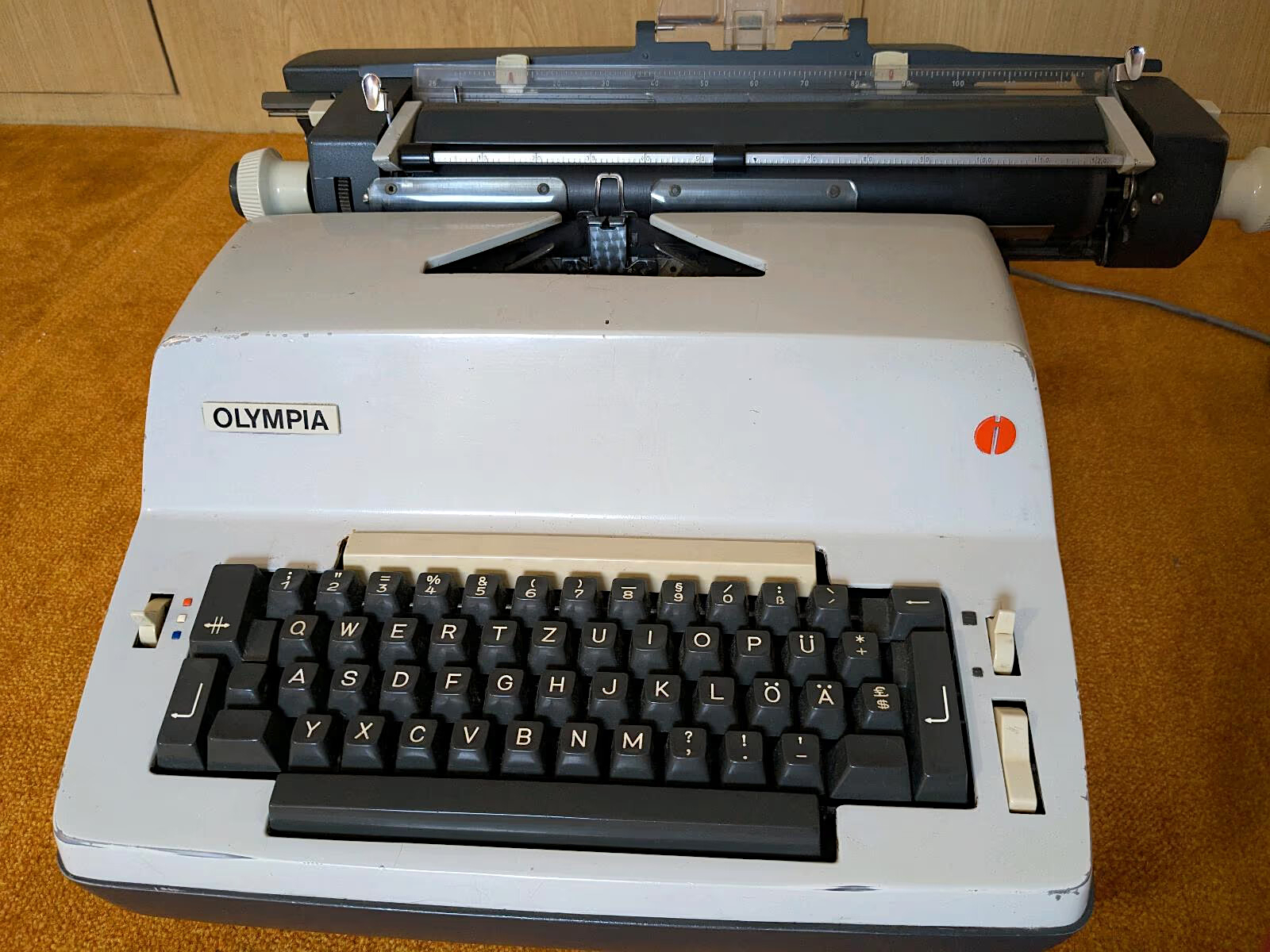
For comparison here's a usual SGE D52 (different classified ad):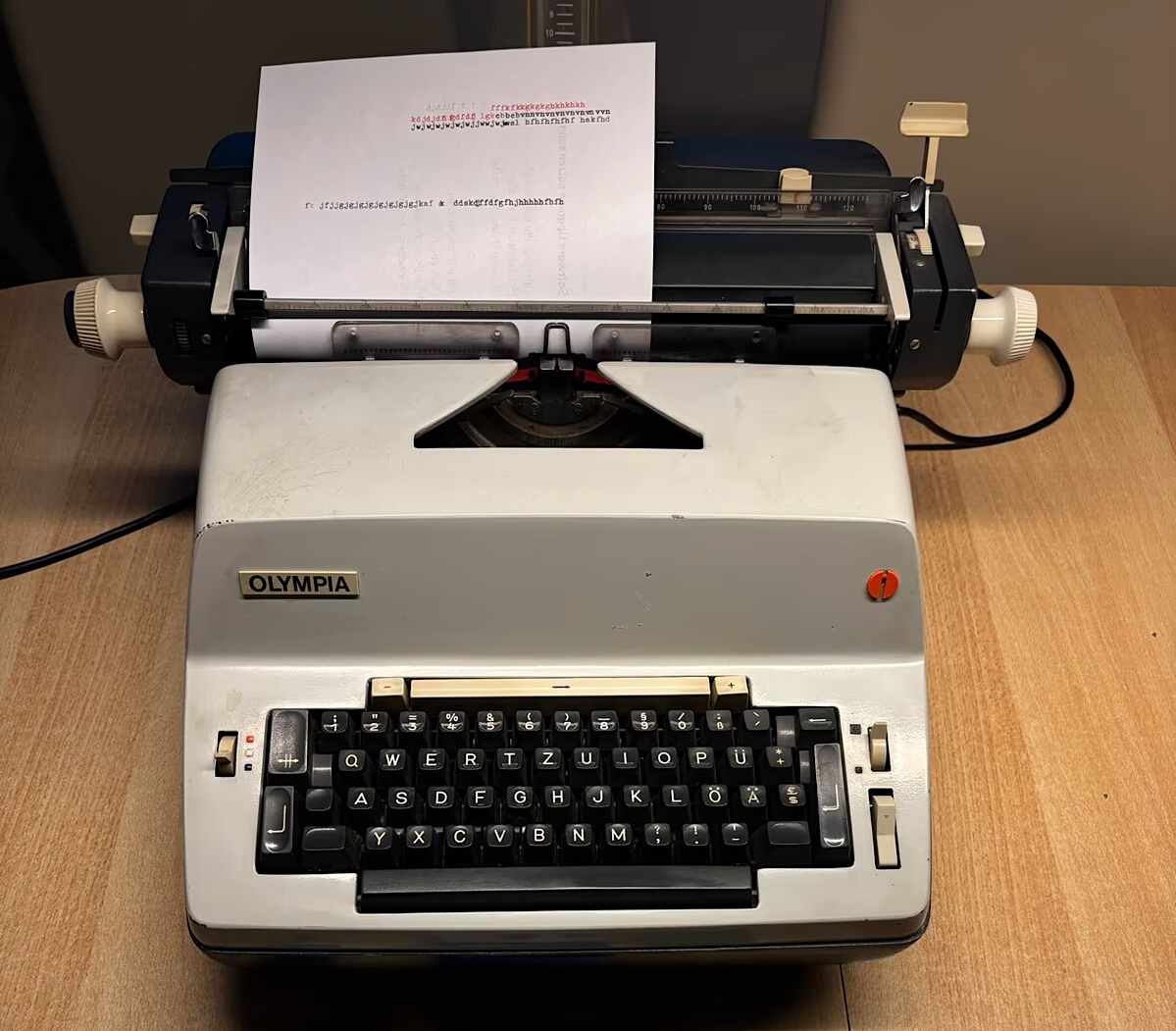
I find that somehow odd. Maybe the white tab key was later redesigned by someone. The key doesn't seem to have the concave surface of a normal tab key, but rather a convex surface, like normally found on a space bar. The key also seems to be the same length as the space bar.
This typewriter also doesn't have a paper feed lever. This is often omitted from cheaper models.
Does someone has more information about this kind of modification?
- Pete E.
- Typewriter Talk Elite
 Offline
Offline 
- From: Idaho - USA
- Registered: 23-6-2020
- Posts: 2,536
Re: Olympia SGE D52 tabulator oddity?
Does that Tab bar still allow you to go to various Tab stops ?
Maybe that is a spare space-bar from a SG3 machine ?
I picked up this 1960’s Royal Parade typewriter. When I started working on it, I found out the mechanical assembly from the Tab set/clear lever all the way back to the Tab rail had been removed by a previous owner. The set/clear lever was just wiggling and not connected to anything inside the machine.
Not wanting to buy another machine for parts, I removed the Tab set/clear lever on the left side and simply selected some Tab stops along the platen width to depress and then I glued them in place with epoxy glue along the Tab rail.
The Tab key-top on the right side was fully functional and now I have a nice little machine with “fixed” tab-stop every 8-10 spaces along the platen width.
Gave it some new colours as well, just for fun.
.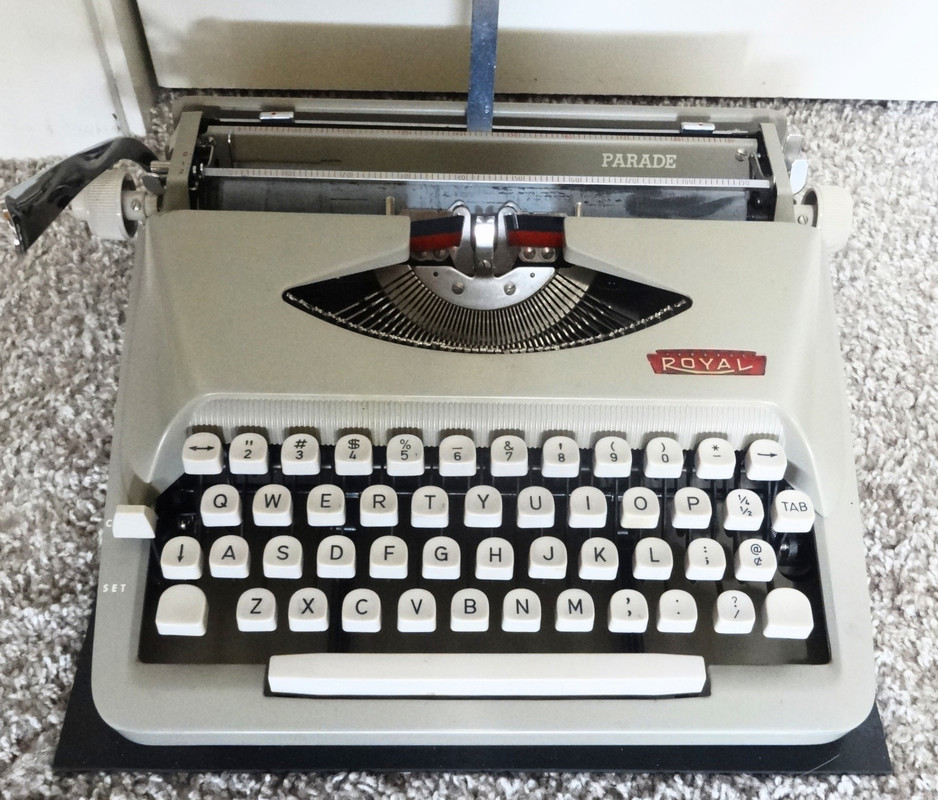
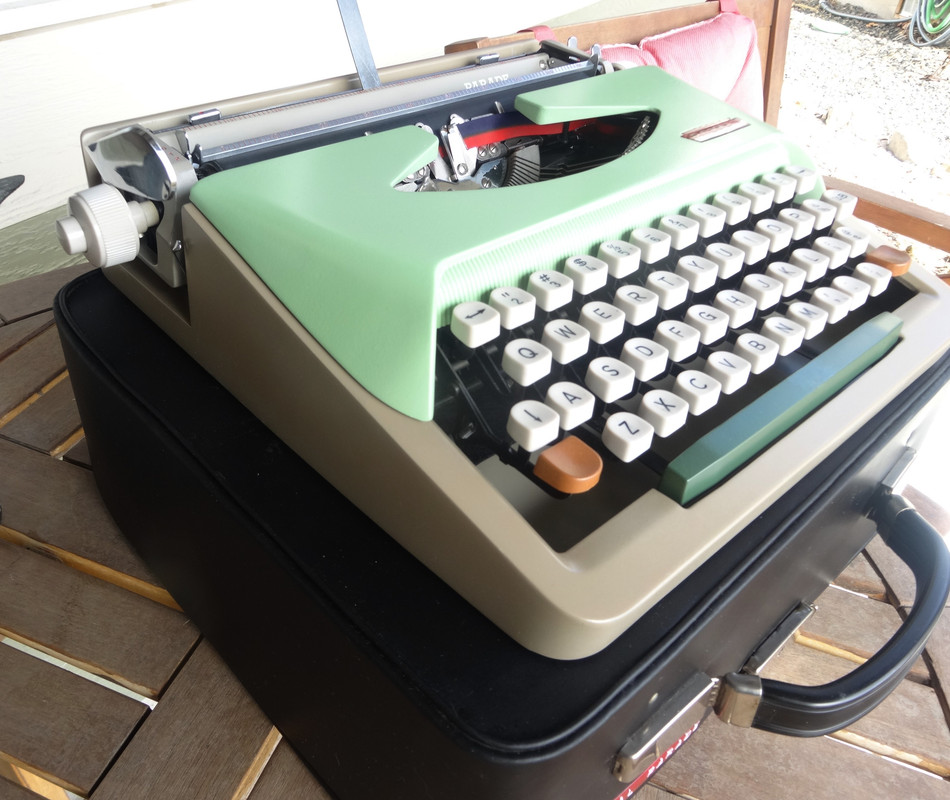 p { line-height: 115%; margin-bottom: 0.1in; background: transparent }
p { line-height: 115%; margin-bottom: 0.1in; background: transparent }
- Eagle
- Novice Typer
 Offline
Offline 
- From: Frankfurt am Main - Germany
- Registered: 16-4-2024
- Posts: 35
Re: Olympia SGE D52 tabulator oddity?
Pete E. wrote:
Does that Tab bar still allow you to go to various Tab stops ?
I can't say because I don't own this machine. I borrowed the photo from the classified ad. The machine's location is too far away from my place to have a quick look at it.
I would assume that it could be modified by someone after production and during use like your Royal Parade typewriter. I don't think Olympia would build a machine like this for sale. But why would someone modify a typewriter like this? Was there a damage that the machine was 'repaired' in that way? We may never know. ![]()
- •
- thetypewriterman
- Key Master
 Offline
Offline - From: Leiston, England
- Registered: 29-5-2013
- Posts: 942
Re: Olympia SGE D52 tabulator oddity?
This is only a guess, but I wonder if the SGE50 in the picture does not have a tabulator at all. Maybe it is a cheaper machine for educational purposes. The white tab bar could be a fixed dummy, just to fill the cut-out in the ribbon cover, since I cannot imagine Olympia making a special casting without the cut-out, just for this model.
- Eagle
- Novice Typer
 Offline
Offline 
- From: Frankfurt am Main - Germany
- Registered: 16-4-2024
- Posts: 35
Re: Olympia SGE D52 tabulator oddity?
Yes, it could be a cheaper machine for educational purposes. That could be an explanation. It also lacks the paper injector which is often the case on cheaper models of a product line.
But I find it a little strange if indeed the manufacturer (Olympia) did install a function key like dummy element such as this kind of white 'space bar'. This could lead to a misinterpretation of a functional element by a clueless user (who had not read the manual). Why didn't Olympia just installed a small and simple insert-cover at this location without the similarity of a somewhat functional element. But it is like it is. Or the presence of this 'element' has indeed a completely different purpose. I don't know - but a kind of somewhat limited cheaper model is the most logical explanation by now.
My daily browsing through German classifieds in search of interesting typewriters (-as always-) surprisingly brought up another one of this odd but rather rare machines.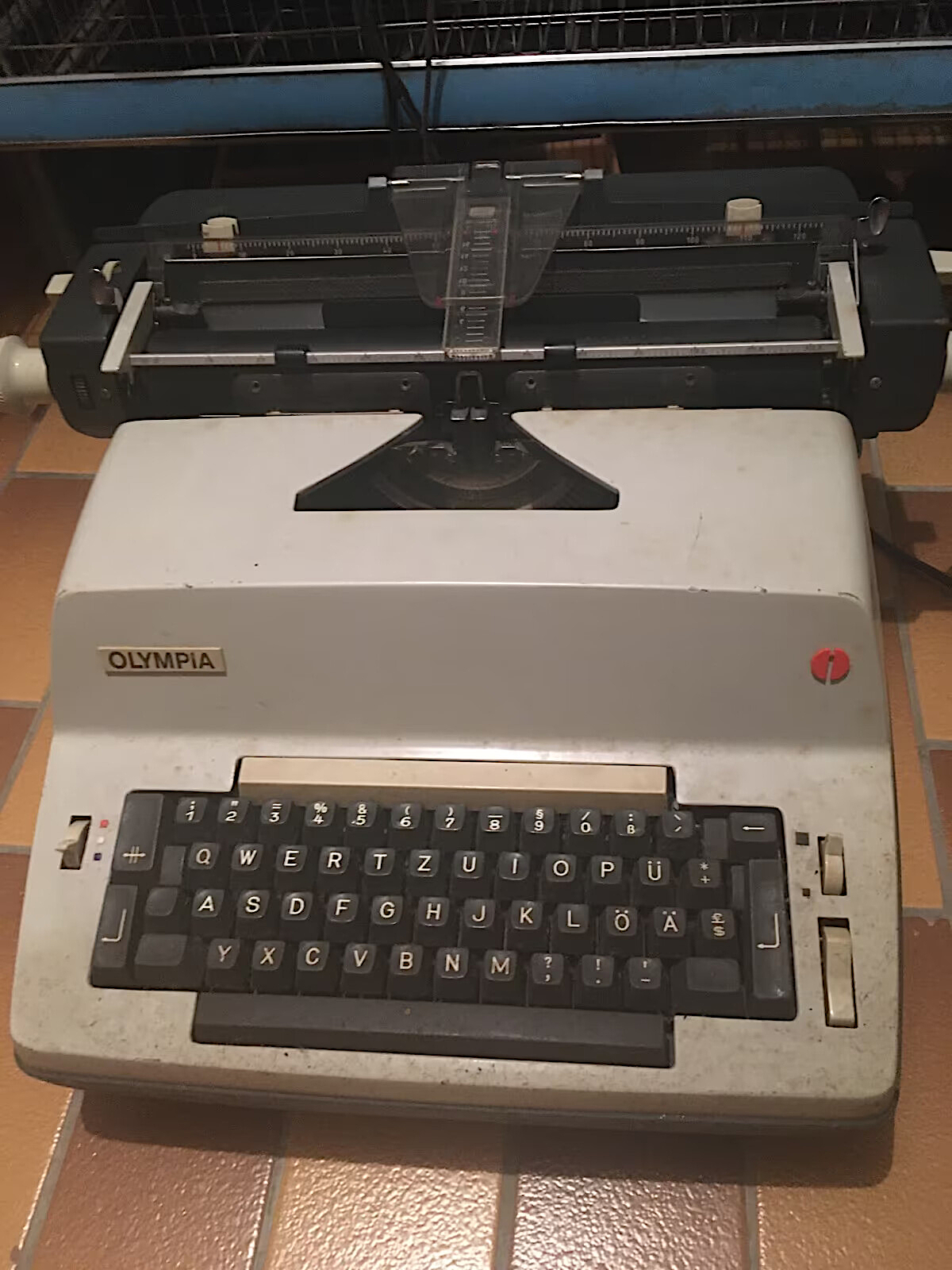
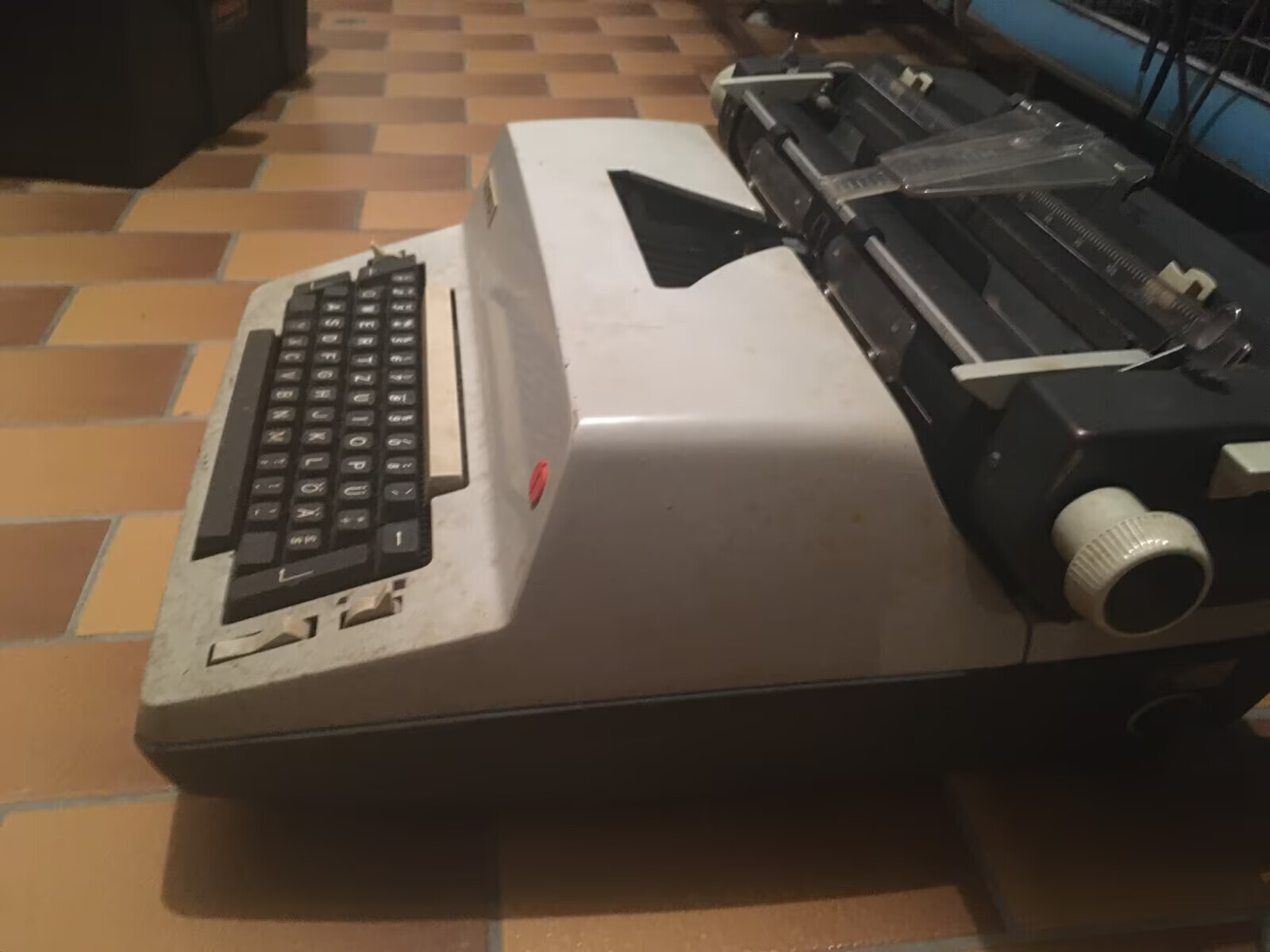
So at least I would conclude that these SGE50 are not a single product by a field-service-technician or a hobbyist but probably rather manufacured by the production company for a specific reason.
- •

 1 of 1
1 of 1